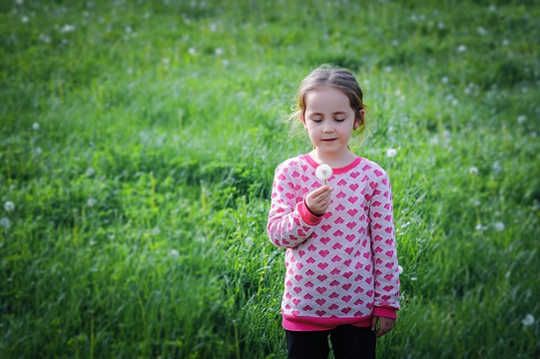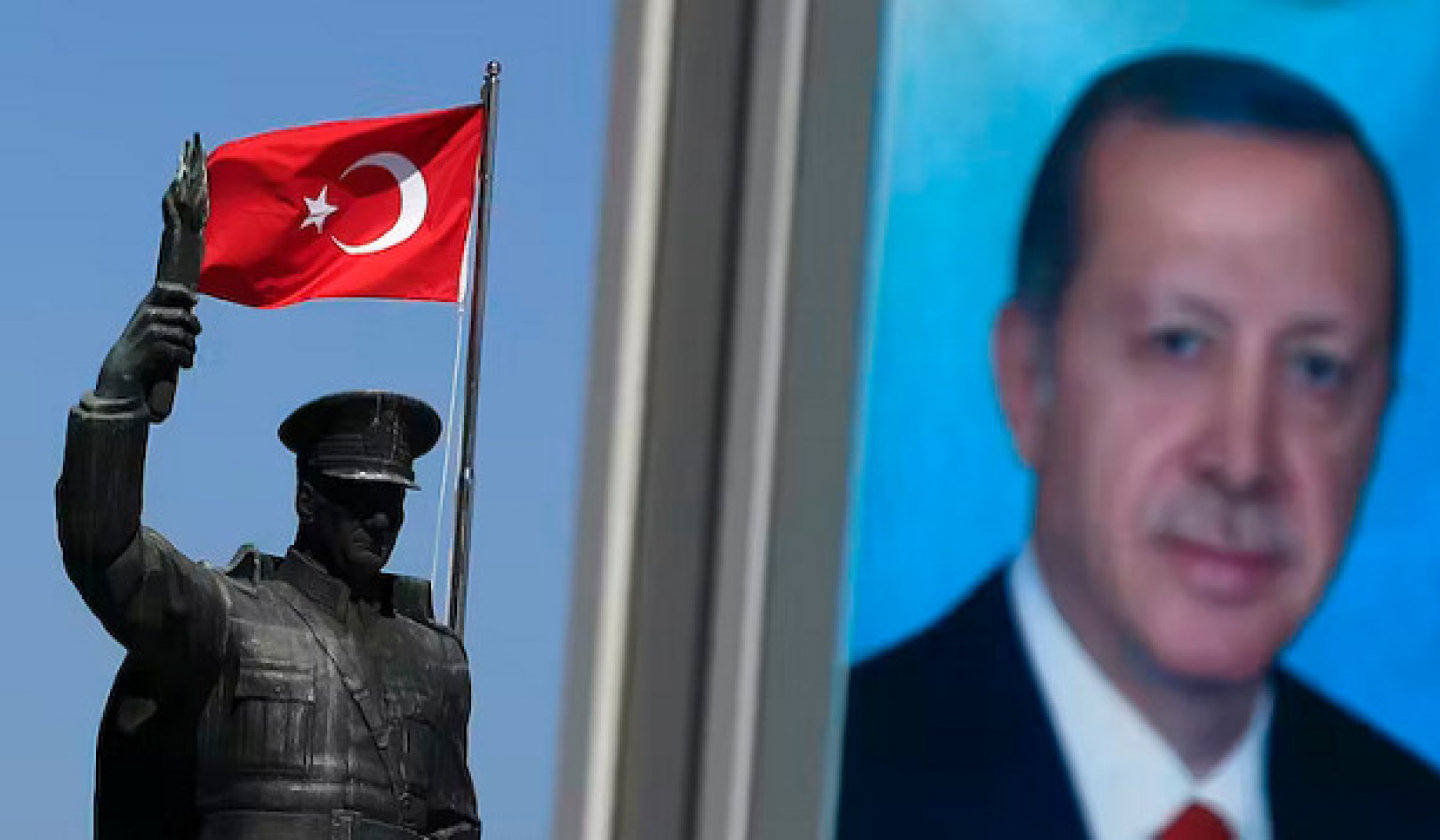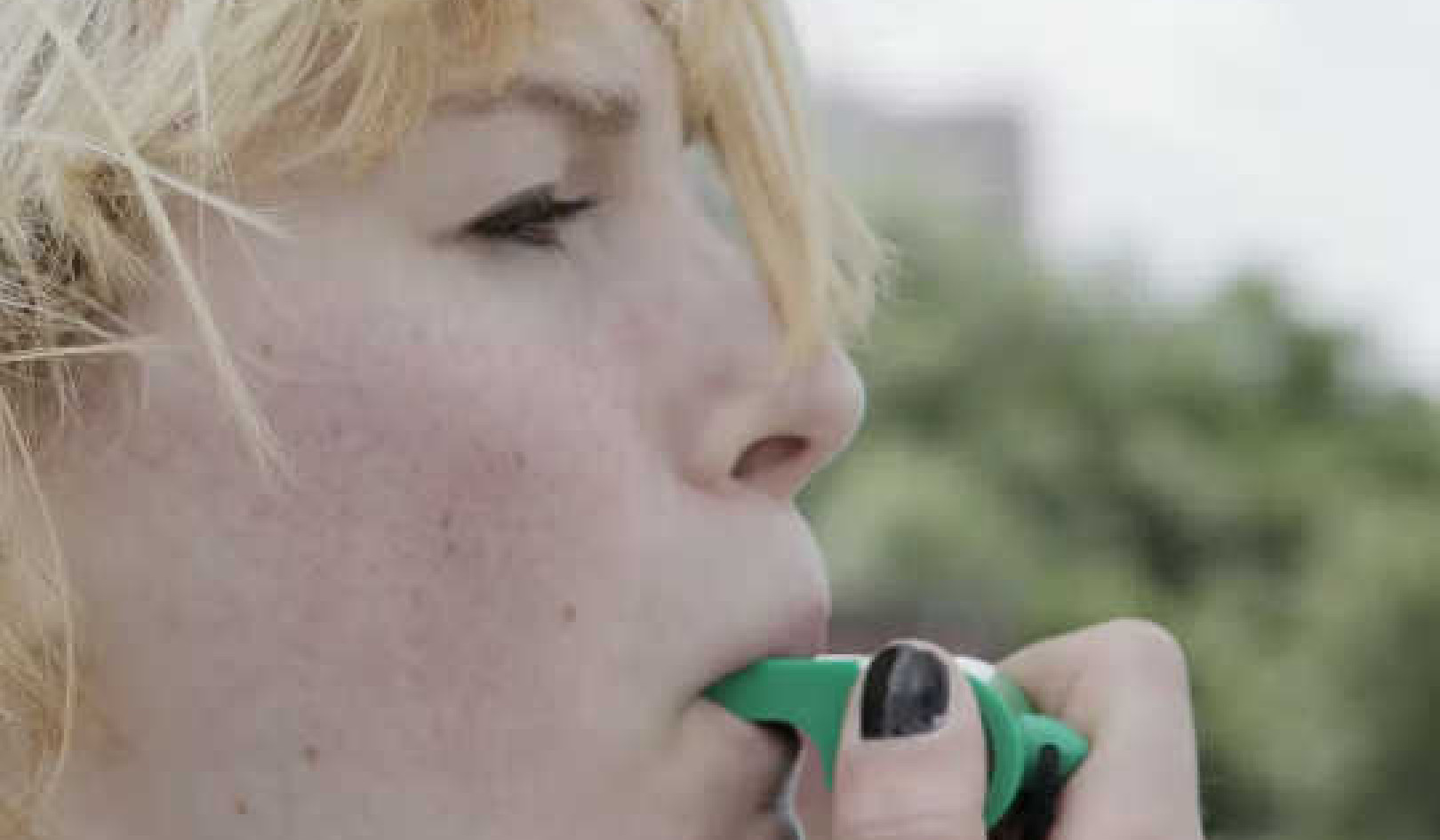
Somewhere, there are people to whom we can speak with passion without having the words catch in our throats. Somewhere a circle of hands will open to receive us, eyes will light up as we enter, voices will celebrate with us whenever we come into our own power. Community means strength that joins our strength to do the work that needs to be done. Arms to hold us when we falter. A circle of healing. A circle of friends. Someplace where we can be free. – Starhawk
Whether you’re trying to create a community center, save a forest, defend social rights, or help people in your community process a disaster, if you’re an activist, the circle is a tool you need.
It is, after all, nature’s most ancient organizational tool. It organized the first whirling clouds of cosmic gasses. It created suns, moons, and planets, birds’ nests and spider webs. It’s an organic form capable of connecting us in ways that are strong enough to endure, yet flexible enough to adapt to changing circumstances. Circles can offer a viable alternative to the deadly tedium of endless meetings and authoritarian hierarchies.
The circle is available to everyone, anywhere, whether they’re sitting in a luxurious mansion or in a dusty field. A truly democratic tool, it evens the playing field between rich and poor.
The circle is, I believe, a tool every activist needs. But before I proceed, let me clarify what I mean by “activism.” According to Wikipedia, “Activism consists of efforts to promote, impede, or direct social, political, economic, or environmental reform or stasis with the desire to make improvements in society.” Another dictionary defines activism as “the policy or action of using vigorous campaigning to bring about political or social change.”
Vigorous campaigning, however, is not everyone’s cup of tea. What if we want to contribute to social change, yet aren’t comfortable with the standard pathways for doing so? Might there be another, more inclusive understanding of activism?
I believe there is. When we speak of activism, we usually think of organized activities. Yet beyond that, we all have opportunities to act in ways that reflect our desire for social justice and peace. Whether or not we’re “official” activists, we’re always taking action, all the time. Every day, we’re making choices that will impact not only our own future but also that of others.
Circlework is not activism in the traditional sense. And yet, over the years, I’ve learned that it’s a powerful tool for effecting social change. Every circle is like a little pebble that gets tossed into a still lake. Long after the pebble comes to rest at the bottom, ripples keep spreading across the surface. A greater sense of well-being and ease arises. A long stagnant relationship bursts into bloom.
Some of the ripples we create are big and dramatic. Others are more subtle.
Why Activists Need Circles
The way I see it, spirituality and activism are twins. Spirituality leads to the realization that we are one—one human family, one world, one cosmos. Once we realize this, we cannot condone injustice and violence or turn a blind eye on the suffering of others. So from spiritual awakening, a straight line leads to compassionate action.
Psychological work, too, is an essential strand of the same braid. We all carry within ourselves the seeds of the very darkness that we are trying to defeat in the world. If we fail to become conscious, we may unwittingly worsen the very problems we are seeking to overcome. Tending to our inner world is therefore one form of activism, tending to the outer world another. Both are necessary, and neither can bear fruit without the other.
Service from the Heart
Circlework opens our heart, not only to the individuals in our circle, but to people everywhere. Without explicitly trying to inspire compassionate action, it does so naturally.
I think, for example, of a group of Jewish and Arab women I worked with in Northern Israel, near the Lebanese border. In the circle, they came to know and love each other. Prejudice and distrust gave way to caring and respect.
Then, in 2006, war erupted between Israel and Lebanon. Within Israel, relations between Jews and Arabs became more strained than ever. Yet the women who’d participated in my circles did not buy into the general uptick in Jewish-Arab hostility. Now, more than ever, they were there for each other. One might call another to say, “Don’t take that road. It’s not safe right now. Go the long way round.” They’d pass on warnings about check points and make sure everyone was okay. They didn’t care whether the woman on the other end of the line was Jewish or Arab. They just wanted her to be safe.
These women were not engaging in activism in the usual sense of the word. They were simply acting in accordance with the authentic desire of their hearts and souls. The circle had caused a shift in their attitude that was now rippling out into the world.
Elsewhere, Circlework has the same effect. When Sophia, a mother in her forties, joined a two-year Circlework Training, she could never have foreseen the ripples this would create, first in her inner world, and then in her entire community. Sophia used to think of certain people as kin, others as strangers. Yet in the circle, she bonded deeply and intimately with women whom she would ordinarily have felt no sense of kinship with. Her sense of separation crumbled, and she realized that all women were her sisters, no matter how different their backgrounds or circumstances might be.
Soon after Sophia’s circle ended, she read a disturbing article in her local paper about a women’s shelter that was in danger of closing because of funding cuts:
"In the article, it said, 'This women’s shelter serves the following counties …' I read the list and saw that my county was listed there too. In fact, it said that a huge number of the women who come for help are from my hometown.
"Women’s shelter? I didn’t even know we had a women’s shelter, or that we needed one. I had no idea. I didn’t realize there were women in our town who were getting battered and raped and who needed immediate help and shelter. We live in a really small town and we don’t have any homeless people, so it’s not visible. But it’s there, way more than I ever realized."
Thanks to her experience with Circlework, Sophia responded very differently to this information than she previously would have. Not only did she feel an immediate and undeniable sense of solidarity with the women served by this shelter, but she also felt responsible, in the true sense of the word—able to respond.
"All of a sudden I was aware of these women whom I hadn’t been aware of before. I felt like I had some sisters who needed help. And I thought, 'Oh my God. Somebody should do something!'
"And then… 'Well, no, I should do something.' It was a direct result of being in circle and relating to women who are very different from me. Because of Circlework, I felt like this was my community too. My awareness had expanded."
Going As a River
We exist, not in isolation, but rather as part of a luminous web, woven by millions, that encircles the planet. Today, our planetary tribe is fragmented and fractured. Yet isolation, we cannot accomplish anything meaningful. To make a real difference, we need to join forces. The Vietnamise activist Thich Nhat Hanh says it beautifully:
Despair is a great temptation in our century. Alone, we are vulnerable. If we try to go to the ocean as a single drop of water, we will evaporate before we even arrive. But if we go as a river, if we go as a community, we are sure to arrive at the ocean.
But what exactly does that mean—to “go as a river”? Thich Nhat Hanh seems to be talking, not just about the need to cooperate. Rather, he’s saying that on some level, we need to merge, like droplets of water united by their desire to reach the ocean.
Well. According to Western science, this isn’t possible; we’re not capable of merging like water drops. We’re separate beings, each with our own body, mind and emotions.
But Thich Nhat Hanh is not only an activist, but also a spiritual teacher, and spirituality has always insisted that we aren’t as separate as we’ve been led to believe. Mystics of all traditions assure us that our consciousness is actually quite capable of fusing, not only with that of another person or group, but also with the whole cosmos.
Even among scientists, some have questioned our apparent separateness—Einstein, for example, called it an optical illusion. And in recent years, scientists have become fascinated with the concept of collective consciousness. In particular, they’re interested in behaviors that would indicate that certain species actually do know how to “go like a river.”
A Greater Collective Consciousness
Ants, and many other species, derive a tremendous advantage from their capacity to tap into a greater collective consciousness. A group that can move as one has a far better chance of surviving than a bunch of separate individuals, all pulling in different directions.
What is truly extraordinary, however, is not just that these creatures know how to form a united collective. Rather, it’s the fact that in doing so, they gain access to a completely new order of intelligence—an intelligence which, on their own, none of them possess.
Naturally, this begs the question: Might this be true of us, too? Might we, too, be able to join forces in ways that could give us access to potentially life-saving knowledge and wisdom?
Certainly, our indigenous ancestors believed this was possible. Through rituals that might involve dancing, chanting, drumming and plant medicines, they dissolved their ordinary ego-boundaries and opened to otherwise inaccessible sources of guidance. This, they believed, was important, not just for the health of individuals but for the community as a whole.
Today, in a time of global crisis, it would be foolish not to ask ourselves whether perhaps, we too might have the capacity to tune into sources of intelligence that individually, we can’t access. Might there be sources of guidance and intelligence of which our personal ego-mind knows nothing? And might we, by connecting with these sources, be able to serve our suffering planet far more effectively?
Certainly, what I’ve experienced in my circles would support this view. Whenever I witness a woman receiving a piece of guidance that will change her life, and the lives of many others, I ask myself, where does it come from? Some will say it comes from the soul, or from Spirit. But personally, I believe there is a source of intelligence and wisdom that belongs to us collectively, and that we can only access together, in community.
Our Collective Consciousness Is Ailing
I sometimes think of our circles as immune cells. Clearly, our collective consciousness is ailing. Yet in our circles, we gain access to a new consciousness that is healthy and that can heal us as well as others. Here, we tap into the medicine that can restore our collective health.
A single immune cell might seem to be a tiny thing, puny and powerless. But then, immune cells don’t function in isolation. When they appear, they appear in the thousands or millions. The same is true of circles: Our power lies in our numbers.
As Jean Bolen writes in The Millionth Circle, the power of circles to change our world grows exponentially as their numbers increase. Even a single circle can help its members keep their balance amidst the world’s insanity. But multiply that times a thousand, and you’re looking at an immense—and so-far largely untapped—force for planetary healing.
Imagine thousands, tens of thousands of circles, all committed to peace and to the empowerment of the feminine. Clearly, we have at our disposal an immense—and as yet largely untapped—force for planetary healing. Might we, instead of building more weapons of mass destruction, start building weapons of mass healing? For that is, in essence, what our circles are.
Noticing the Ripples
I invite you to make a commitment that for the next 24 hours you’ll pay close attention to all the ripples you send out into the world.
For example, every time you make a financial transaction, whether you’re buying potatoes at your local farmers market or ordering something online, take a moment to consider all the people who will be affected. In your mind’s eye, trace the imaginary path of that money through time and space.
Every time you talk with someone, or communicate via text or email, try to be aware of the energy you are emitting. Sometimes our impact on others is healing, sometimes it’s toxic. Don’t judge yourself, just notice.
Notice what you put into the trash. Notice the quality of your voice. Notice how the many small choices you make all send out ripples into your environment.
Copyright 2018 by Jalaja Bonheim. All Rights Reserved.
Reprinted with permission of the publisher: Meetings in Sacred Space.
Article Source
The Magic of Circlework: The Practice Women Around the World Are Using to Heal and Empower Themselves
by Jalaja Bonheim
 The Magic of Circlework includes the stories and voices of many women who are using Circlework to heal their lives and relationships. Anyone interested in the process of healing and evolution will love their stories of life-altering encounters and awakenings. At the same time, the author emphasizes that readers can use the principles of Circlework even if they never attend a circle gathering. Circlework is, after all, not just a group process. It's also a spiritual practice that approaches the circle as an inner healing medicine that all humans are born with.
The Magic of Circlework includes the stories and voices of many women who are using Circlework to heal their lives and relationships. Anyone interested in the process of healing and evolution will love their stories of life-altering encounters and awakenings. At the same time, the author emphasizes that readers can use the principles of Circlework even if they never attend a circle gathering. Circlework is, after all, not just a group process. It's also a spiritual practice that approaches the circle as an inner healing medicine that all humans are born with.
Click here for more info and/or to order this paperback book or purchase the Kindle edition.
About the Author
 Jalaja Bonheim, Ph.D., founder of the Institute for Circlework, is an internationally acclaimed speaker and award winning author who mentors women worldwide and has trained hundreds of circle leaders, gathering special acclaim for her groundbreaking work in the Middle East, where her circles unite Jewish and Palestinian women. She is the author of many books including The Sacred Ego: Making Peace with Ourselves and Our World which won the Nautilus Award for best book of 2015. Visit her website at www.jalajabonheim.com
Jalaja Bonheim, Ph.D., founder of the Institute for Circlework, is an internationally acclaimed speaker and award winning author who mentors women worldwide and has trained hundreds of circle leaders, gathering special acclaim for her groundbreaking work in the Middle East, where her circles unite Jewish and Palestinian women. She is the author of many books including The Sacred Ego: Making Peace with Ourselves and Our World which won the Nautilus Award for best book of 2015. Visit her website at www.jalajabonheim.com
Books by this Author
at

Thanks for visiting InnerSelf.com, where there are 20,000+ life-altering articles promoting "New Attitudes and New Possibilities." All articles are translated into 30+ languages. Subscribe to InnerSelf Magazine, published weekly, and Marie T Russell's Daily Inspiration. InnerSelf Magazine has been published since 1985.

Thanks for visiting InnerSelf.com, where there are 20,000+ life-altering articles promoting "New Attitudes and New Possibilities." All articles are translated into 30+ languages. Subscribe to InnerSelf Magazine, published weekly, and Marie T Russell's Daily Inspiration. InnerSelf Magazine has been published since 1985.
























